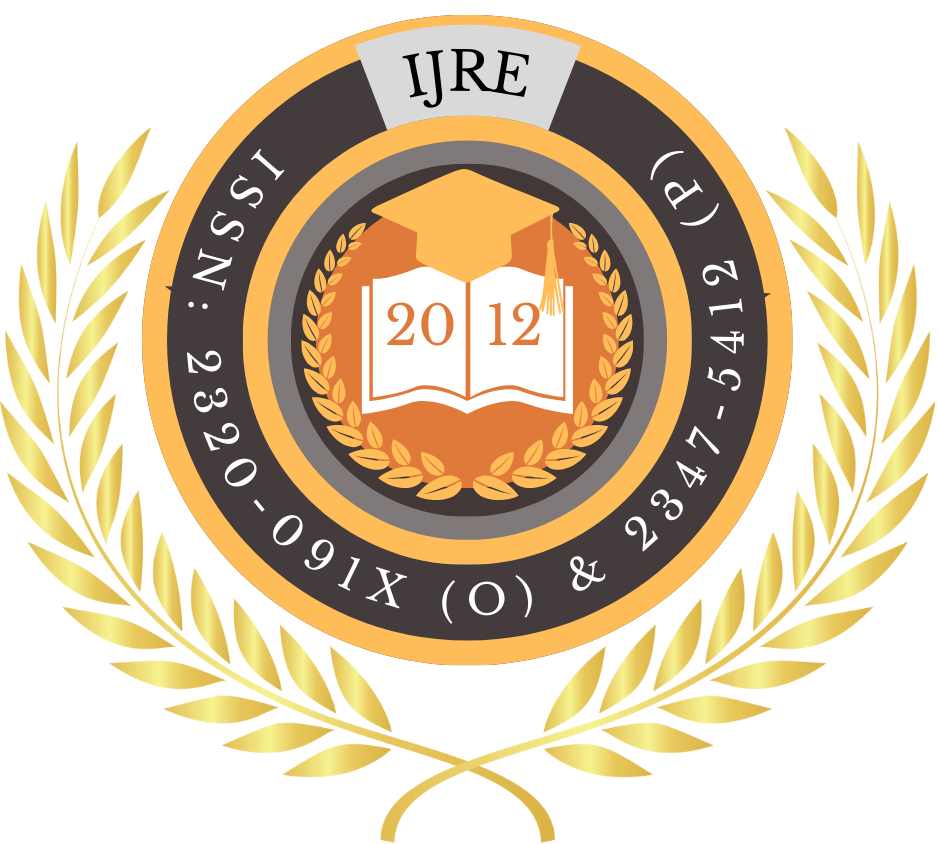![]()
Certificate: View Certificate
Published Paper PDF: View PDF
Aditya Kumar
Independent Researcher
Delhi, India
Abstract
This manuscript investigates the impact of augmented reality (AR) applications on students’ conceptual understanding across STEM subjects, drawing on constructivist learning theory and cognitive load theory to frame the inquiry. Employing a quasi‑experimental design with 240 undergraduate participants, we compared AR‑enhanced instructional materials against traditional text‑ and lecture‑based approaches in mechanics, molecular chemistry, and spatial geometry. Pre‑ and post‑tests measured gains in conceptual understanding, while think‑aloud protocols and cognitive load surveys offered qualitative and subjective insights. Quantitative analyses reveal that AR users achieved significantly greater learning gains (p < .001), reporting lower extraneous cognitive load and higher germane load, which facilitated more efficient schema construction. Qualitative findings indicate that immersive 3D visualizations and interactive manipulations foster deeper engagement, enhanced motivation, and improved mental model formation. Participants described how AR “made abstract forces tangible” and “transformed static diagrams into dynamic learning experiences,” underscoring the modality’s affordances for contextualizing complex phenomena. However, technical issues—such as device latency and tracking errors—temporarily impeded some learning sessions, highlighting the importance of robust hardware and software integration. This study not only substantiates AR’s pedagogical benefits for conceptual understanding but also identifies key design considerations for effective implementation, including user interface simplicity, scaffolded guidance, and cross‑platform compatibility. The findings offer actionable recommendations for educators and instructional designers seeking to harness AR’s capabilities, while also illuminating pathways for future research on long‑term retention, diverse learner populations, and cost‑effective deployment strategies.
Keywords
Augmented reality; Conceptual understanding; STEM education; Cognitive load; Constructivist learning
References
- https://www.researchgate.net/publication/373634095/figure/fig1/AS:11431281185645494@1693744259749/Flowchart-of-the-proposed-augmented-reality-enabled-game.ppm
- https://www.researchgate.net/publication/224209146/figure/fig2/AS:302779303251971@1449199619742/STEM-model-flow-chart.png
- Akçayır, M., & Akçayır, G. (2017). Advantages and challenges associated with augmented reality for education: A systematic review of the literature. Educational Research Review, 20, 1–11. https://doi.org/10.1016/j.edurev.2016.11.002
- Bacca, J., Baldiris, S., Fabregat, R., Graf, S., & kinshuk. (2014). Augmented reality trends in education: A systematic review of research and applications. Educational Technology & Society, 17(4), 133–149.
- Billinghurst, M., Clark, A., & Lee, G. (2015). A survey of augmented reality. Foundations and Trends® in Human–Computer Interaction, 8(2–3), 73–272. https://doi.org/10.1561/1100000049
- Chen, C.-M., & Tsai, Y.-N. (2019). Effects of augmented reality supported predictive simulation on students’ science learning and attitudes. Interactive Learning Environments, 27(7), 930–947. https://doi.org/10.1080/10494820.2018.1453211
- Cheng, K.-H., & Tsai, C.-C. (2013). Affordances of augmented reality in science learning: Suggestions for future research. Journal of Science Education and Technology, 22(4), 449–462. https://doi.org/10.1007/s10956-012-9405-9
- Di Serio, Á., Ibáñez, M.-B., & Kloos, C. D. (2013). Impact of an augmented reality system on students’ motivation for a visual art course. Computers & Education, 68, 586–596. https://doi.org/10.1016/j.compedu.2013.02.005
- Dunleavy, M., Dede, C., & Mitchell, R. (2009). Affordances and limitations of immersive participatory augmented reality simulations for teaching and learning. Journal of Science Education and Technology, 18(1), 7–22. https://doi.org/10.1007/s10956-008-9119-1
- Ibáñez, M.-B., & Delgado-Kloos, C. (2018). Augmented reality for STEM learning: A systematic review. Computers & Education, 123, 109–123. https://doi.org/10.1016/j.compedu.2018.05.002
- Ibáñez, M.-B., Zollo, L., Villagrasa, S., & Delgado-Kloos, C. (2015). Mobile game-based augmented reality for learning cultural heritage. Journal of Educational Technology & Society, 18(4), 136–148.
- Johnson-Glenberg, M. C., Birchfield, D., Tolentino, L., & Koziupa, T. (2014). Collaborative embodied learning in mixed reality motion-capture environments: Two science studies. Journal of Educational Psychology, 106(1), 86–104. https://doi.org/10.1037/a0034007
- Kerawalla, L., Luckin, R., Seljeflot, S., & Woolard, A. (2006). “Making it real”: Exploring the potential of augmented reality for teaching primary school science. Virtual Reality, 10(3–4), 163–174. https://doi.org/10.1007/s10055-006-0036-4
- Lee, K. (2012). Augmented reality in education and training. TechTrends, 56(2), 13–21. https://doi.org/10.1007/s11528-012-0559-3
- Martín-Gutiérrez, J., Mora, C. E., Añorbe‐Durán, J., & González-Marrero, A. (2017). Virtual technologies trends in education. EURASIA Journal of Mathematics, Science and Technology Education, 13(2), 469–486. https://doi.org/10.12973/eurasia.2017.00626a
- Radu, I. (2014). Augmented reality in education: A meta-review and cross-media analysis. Personal and Ubiquitous Computing, 18(6), 1533–1543. https://doi.org/10.1007/s00779-014-0783-2
- Shelton, B. E., & Hedley, N. R. (2004). Using augmented reality for teaching earth-sun relationships to undergraduate geography students. The First IEEE International Augmented Reality Toolkit Workshop.
- Sulbaran, T., Tapia, C., & García, M. (2019). Enhancing learning in geometry through augmented reality: An experimental study. International Journal of Interactive Mobile Technologies, 13(7), 23–39. https://doi.org/10.3991/ijim.v13i07.10318
- Yuen, S. C.-Y., Yaoyuneyong, G., & Johnson, E. (2011). Augmented reality: An overview and five directions for AR in education. Journal of Educational Technology Development and Exchange, 4(1), 119–140.
